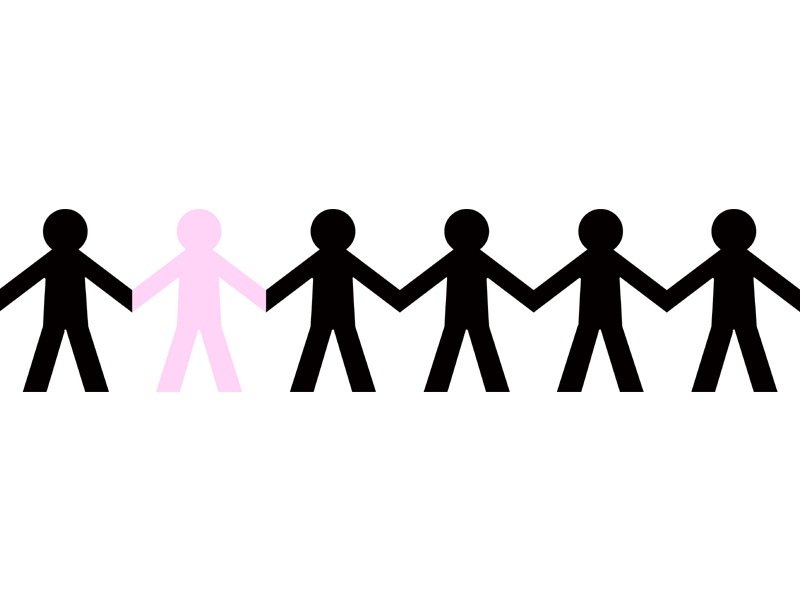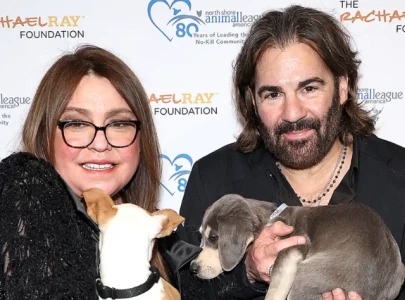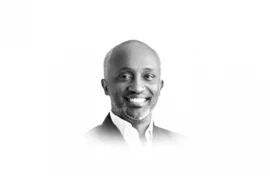
“Given her condition, we were very concerned about Farah and how she would cope with everything,” says her sister, Umm-e-Fizza. “But my sister defied all odds and went on to become the best swimmer there, making us proud of her gold medal. She has been recognised by the Down’s Syndrome Organisation as a superstar,” she adds, proudly.
Despite obvious physical limitations, Farah — the only girl in the Pakistani swimming team — has managed to do what few people can in a lifetime. Mr Mohammad Iqbal, director at the International School of Studies (ISS) where Farah trained speaks nothing but praises for the young star. “While Farah indeed took her time to develop her speech and hearing abilities, she never gave up,” he shares. “With the help of her family, teachers and trainers, Farah defeated her disability. She completed her schooling via the Karachi Board and represented Pakistan not once but thrice at the Special Olympics. Now, she is a prominent member of the faculty at ISS, as part of the Inclusion Program.” Farah proves that life with Down’s syndrome isn’t always as bleak as it may appear.

Unfortunately, not everyone born with the syndrome has it as well as Vohra did. A brief insight into the experience of 12-year-old Ashad and his sister Alina sheds light on some of the troubles children with Down’s syndrome and their families face daily. “Ashad’s schooling has been extremely problematic,” shares Alina. “In my experience, all the schools that claim to help children with special needs are doing a terrible job. At first, we enrolled Ashad in a special school but his condition worsened there. Not only did he become withdrawn and less playful, we even found marks on his body!”
Soon after, Ashad was sent to a music school that offered occupational therapy alongside the regular curriculum. “Unfortunately, the training was costing us a fortune and after some time, we simply couldn’t afford it anymore,” admits Alina. “We decided to home-school Ashad and continue his occupational therapy at the rehabilitation centre at Aga Khan Hospital which helped a lot. Now, thankfully, Ashad attends a private school where the teachers and students are amazingly supportive and accepting of his limitations. It took a while but I couldn’t be happier.”
Equal opportunities?
According to Parvez, the problem stems from the social construct within which we live as people with Down’s syndrome or any other disability are considered incurably challenged, both mentally and physically. They are frequently usurped off their rights to a normal, healthy life due to the limitations of their condition — be it at home, schools or the corporate world. Despite being the leading cause of developemental delays in children across the world, Down’s syndrome still remains largely misunderstood. “The key is to realise that is not a disease, but a disorder,” emphasises medical resident Dr Saba Mumtaz. “Down’s syndrome is a chromosomal condition associated with congenital anomalies but it doesn’t render the patient incompetent,” she explains.
Institutions like the Pakistan Down’s Syndrome Association work to provide information, support and resources and most importantly, equal rights to patients and their families but there is still much work to be done. In order to fully accept patients as part of able members of our society, we must first understand the disorder and how it can be overcome.
Early signs
Nonetheless, Mumtaz prescribes some tests one can undergo to gauge the normalcy of a developing foetus, such as ultra-sonography, amniocentesis, chorionic villous sampling and a serum screen test, all of which help detect Down’s syndrome in the womb. “Chromosomal analysis can also be conducted to check if one of the parents is a carrier. If yes, there is a greater risk of conceiving another child with Down’s after the first one.” A point to be noted is that screening tests are not as accurate as invasive ones which are performed within the uterus. But carry the risk of miscarriage, preterm labour or foetal injury. Although there has been much research conducted on the matter, the only factor known to increase the probability of Down’s syndrome is the age of the expecting mother upon conception. “The risk increases greatly after 35 years of age,” says Dr Mumtaz.

Recognise Down’s syndrome
The mismatch in chromosomes manifests itself in certain physical features specific (but not limited) to people born with Down’s syndrome. These features include small bodily structures, short necks and low muscle tone. Distinct attributes include flat faces and nasal bridges, protruding tongues, hyper-flexible joints, eyes that slant upwards, large spaces between their toes and at times, deep creases on the palms. According to Mumtaz, “Affected patients are at a higher risk of cardiac, gastrointestinal and ophthalmological problems as well as hearing and speaking impairments. Some patients also display behavioural issues due to their stunted development.”
The average life expectancy in Down’s syndrome extends up to 55 years of age although living beyond the fifties is not rare. According to Dr Nikhat Riaz, a senior paediatrician at the Aga Khan, “Mortality rates in babies with Down’s are quite high during the first year of their lives but nowadays, many patients survive into adulthood, thanks to technological advancements. Many female patients live on to have their own normal children as well.”
Silencing the special chromosome
While there may be no final remedy, many like Dr Riaz remain optimistic. “We may not be able to cure Down’s yet but we can definitely manage it,” she says. Recent breakthroughs in medicine hint at medical treatments that could possibly cure the chromosomal disorder in the near future. In July 2013, researchers at the Massachusetts Medical School claimed to have ‘switched off’ the extra chromosome 21 in a test tube, heralding the first steps towards chromosomal therapy for Down’s syndrome. Others like geneticist Robert Reeves of Johns Hopkins University are busy developing new drugs that can disable chemical pathways in the human brain which could grant those with Down’s syndrome independent lives with improved learning and physical mobility.
Breaking barriers
Considering the plight of people like Vohra, technological advancements and the increased life expectancy of the patients, it is a pity our society still fails to offer them the respect they deserve. In September 2008, Pakistan signed the UN Convention on the Rights of Persons with Disabilities. According to this, every signatory country is obligated to adopt an inclusive education system for children with special needs. The basic premise of the treaty is to not make special children feel ‘special’ but treat them as equals in the education system. Unfortunately, few schools in Pakistan hold such principles and little is done to incorporate the treaty.
Alina suggests mixing the students with Down’s syndrome with others so that they may have a chance to assimilate with one another. “It is only fair to incorporate special children as well offer them occupational, speech and other training alongside academics. Down’s syndrome babies are great imitators so mingling with normal children can be of great help.”
Umm-e-Fizza, who has herself worked with special children as part of the Olympics, also sheds light on the dire need for an improved education system. “Only 2% of special children in Pakistan attend school. Most of them are neglected and there is a general lack of awareness about the various conditions a child may suffer from.” Training can be provided to help teachers cater to their needs. In her opinion, the government must promulgate awareness for not just Down’s syndrome but all other disorders and provide facilities to enhance the lives of those who suffer from them. “Awareness will help people understand that people with Down’s syndrome should not be neglected or hidden. They are as much a part of society and anyone else. We should include them in our lives and make them our pride,” she adds.
Published in The Express Tribune, Ms T, April 27th, 2014.

1731479848-0/Elon-Musk-and-Vivek-Ramaswamy-and-Donald-Trump-(1)1731479848-0-165x106.webp)















COMMENTS
Comments are moderated and generally will be posted if they are on-topic and not abusive.
For more information, please see our Comments FAQ